Blog
Album Of The Day: Land by Tree63
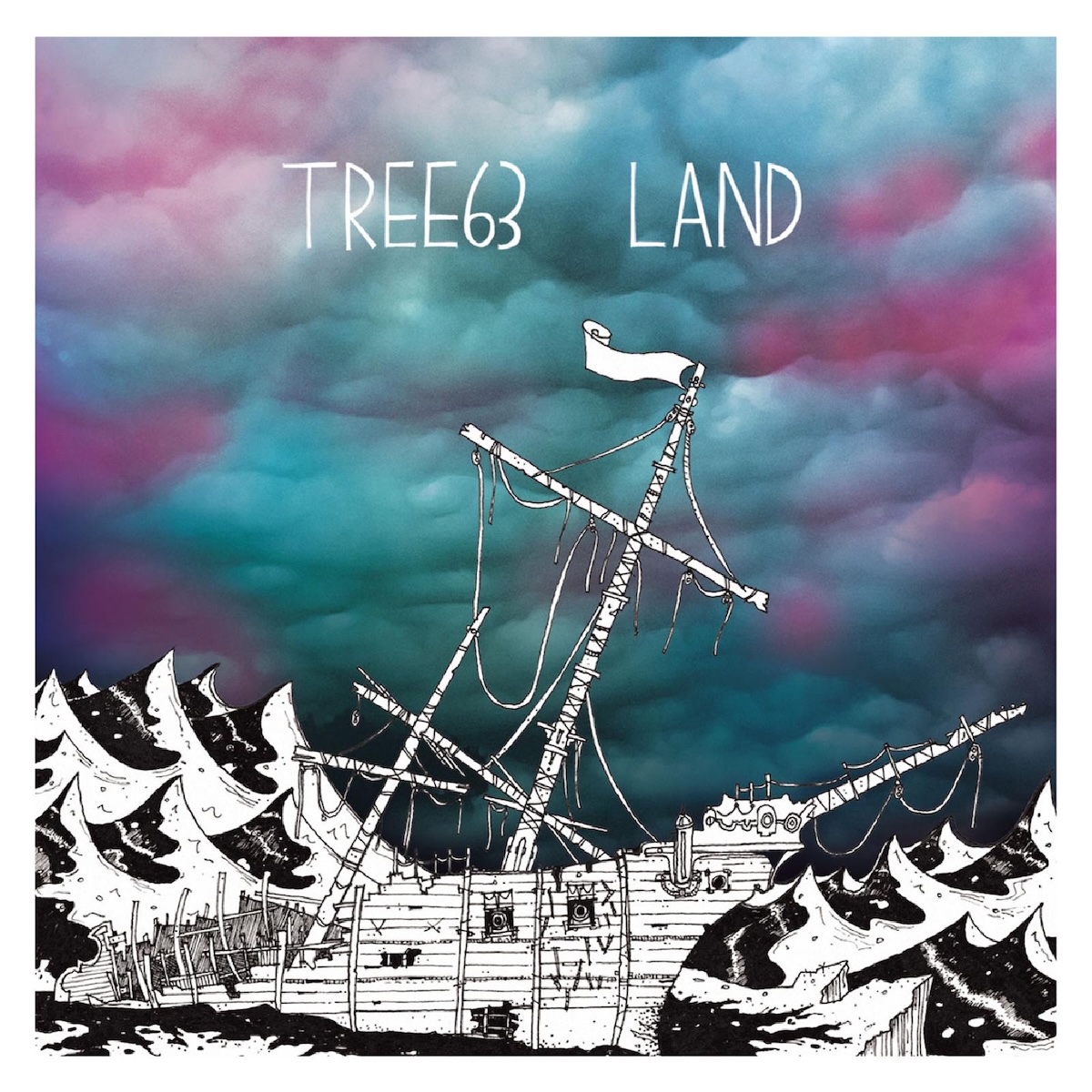
Released on this day 10 years ago is this sixth and final studio album from South African rock band Tree63. Eight years after their previous album, Sunday!, the band released this album after a successful crowd-funding campaign. It was really fun to hear from this legendary band again and hear them doing what they do best, which is quality rock with religious lyrics and not necessarily pop/worship anthems. 11 new songs are present and a few have a nautical theme like the cover artwork. It was fun to hear a new version of "Stumbling Stone" from their 1999 63 album from back when the band was just known as "Tree". It's not my favorite album of theirs, but it was so good to hear more from them and get to hear them do the music they wanted to do independently, not just what a record label thought they could sell. Thanks for making this for us fans, John Ellis and mates. Best wishes to the band members on their current careers, whatever they are, and thanks for all the great music.
Release Year: 2015
Listen on Apple Music
Listen on Spotify
Album Of The Day: Wind Up Bird by Matthew Thiessen & The Earthquakes
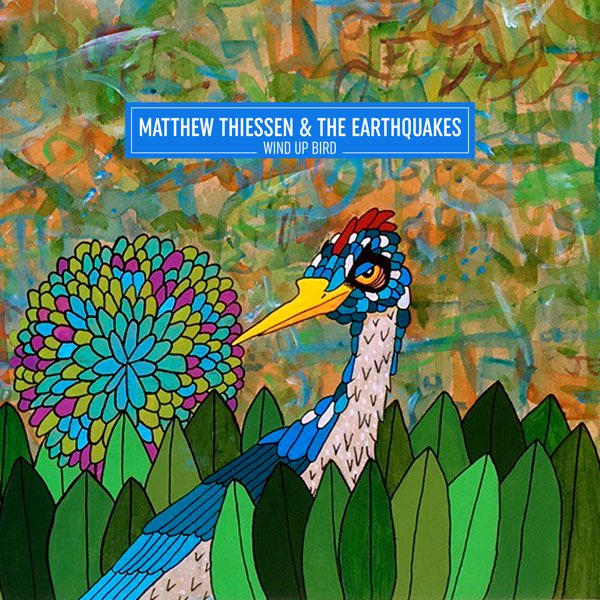
Matthew Thiessen is most well-known as the lead singer and primary songwriter of pop-punk band Relient K. But when he's not doing that, he sometimes records as "Matthew Thiessen & The Earthquakes". Released 7 years ago in late August, it's a fun acoustic-rock album. Lyrically, I'm not really sure what's he talking about much of the time, but there are references to Oedipus and Robin Hood, love and the meaning of life. Musically, it sounds very simple and organic, with mostly just acoustic guitar and a simple drum kit, sometimes piano, and sometimes it's upbeat or a little slower. Matthew Thiessen is a wildly talented songwriter and it's fun to hear him do a bit different style and sing about different topics from his more well-known band. Give it a listen if you haven't checked it out yet; you'll find it a bit quirky but delightful.
Release Year: 2018
Listen on Apple Music
Listen on Spotify
Album Of The Day: Lauren Daigle by Lauren Daigle

Released 2 years ago today, this is the fourth and latest album from pop singer/songwriter Lauren Daigle. She's got great vocals and I love her musical style: it's a mix of crooning like Adele, Gospel/R&B, and beautiful creole jazz from her home state of Louisiana. In 2018 she had a top-notch album with Look Up Child, and if this new self-titled album isn't as good or worth the five-year wait, it's definitely not a shortage of new songs. Daigle delivers 20 songs for a lengthy double album, and although it's never bad songs, it never really wows me like the last album did. She does speak very personally about her struggles in life on some songs and celebrates God's love and grace on others. There are a few songs that might make some of her Christian fans uncomfortable, but that might be a good thing to make them think a bit. I need to listen to this more because I did like it more than I remembered from my last listen.
Release Year: 2023
Listen on Apple Music
Listen on Spotify
Album Of The Day: Beatitudes by Stu Garrard
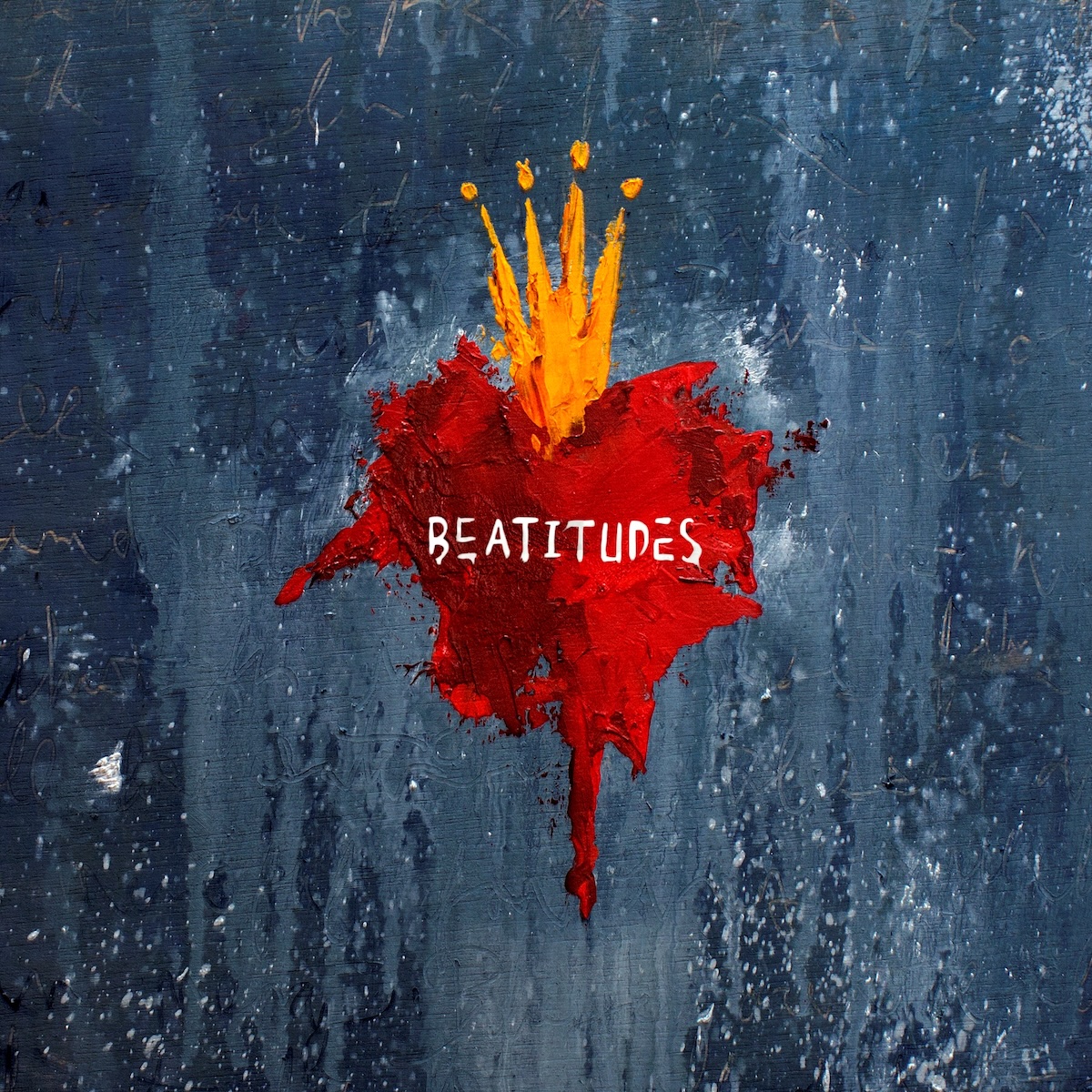
Stu Garrard has toured the world with the band delirious? and played in the studio and on tour for many other artists over his career that spans over 30 years, and is a very talented guitarist. However, this album isn't all about the guitar playing. Garrard spent years researching The Beatitudes, Jesus's call to humility, poverty, loving your neighbor and so much more. In his trying to understand it, Stu G. co-wrote songs about these teachings with many of his friends and recorded them for this album. The album is a bit of a variety of styles and is a slower, more contemplative album that you might expect, but it does end up being a cohesive album, great for reflection on God's words. Throughout the album, a poem about listening to God's words encourages us to listen to God's words. Stu G. lets the rock out a bit in the only track doesn't have a guest, "In The Middle". I love the appearances from other artists I enjoy like Propaganda, John Mark McMillan, Amy Grant, and many more. If you've got a bit of time to listen, give this album a virtual spin and contemplate the words of Jesus with these musicians.
Release Year: 2017
Listen on Apple Music
Listen on Spotify
Album Of The Day: Gonna Get It Wrong Before I Get It Right by Sam Ashworth
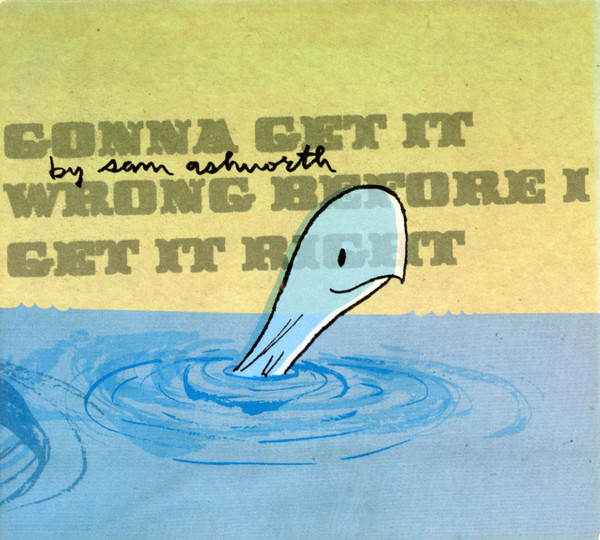
Sam Ashworth has worked with a huge variety of artists, mostly co-writing but sometimes producing for or doing other things with H.E.R., Leslie Odom, Jr., Dierks Bentley, The Civil Wars, The Lone Bellow, Michael W. Smith, Sixpence None The Richer and many more. Released 20 years ago today, this is his first full-length album and it's 12 songs of indie pop and rock. Vocally, he sounds very similar to his father, Charlie Peacock, but Ashworth also has his own style that is more rock and less jazz-focused. This is an album I haven't listened to in many years, but it's very good. Sadly, seems like it's not on streaming currently, so it might be a bit hard to give it a listen unless you have the CD on hand as I do.
Release Year: 2005
Album Of The Day: 77 (Pt. 1) by Colony House

Released today, this is the fifth studio album from the band Colony House, one of my current favorite rock bands. With the "Part 1" in the title and the only 7-track length, it seems like it might be just a half of the final album that is coming later. Usually I wouldn't feature a partial album, but I'll make an exception for my favorite bands. Lyrically, it's clear the boys have found the recent years tough and are trying to find a positive way forward, and they mostly fill this release with mid-tempo rock ruminating on that. Probably my favorite song at the moment is "OK OK OK OK", which celebrates doing whatever in the moment with a loved one. I guess I'm going to continue to use this post to rant about how songs are getting shorter and albums too now, and I hope we get more from Colony House soon, but I guess for now I'll enjoy that we got any new music at all. These songs are good, even if I wished there were more. Looking forward to seeing them on tour in a couple weeks!
Release Year: 2025
Listen on Apple Music
Listen on Spotify
Album Of The Day: City On A Hill by Various Artists

Released 25 years ago yesterday, this was an album full of new recordings of praise and worship-style songs from some of the biggest names in Christian music. Producer Steve Hindalong had done something similar in the '90s with the At The Foot Of The Cross albums, writing new hymns and similar style music for prayer and worship, and getting some of his friends in the music industry to sing them. Here a very similar formula is used, and with names like Jars of Clay, Third Day, Caedmon's Call, Sixpence None The Richer, The Choir and more lending their talents and in some cases songwriting, it gained a lot more popularity than Hindalong's previous albums of a similar style. "God Of Wonders" is still in the top 100 songs sung at churches and is one of the best songs here. Jars of Clay song "This Road" is a great closer, and they also cover "The Stone" by Jonathan Noel, giving that song a lot more recognition. It's fun to hear some beautiful duets like Leigh Nash of Sixpence with Dan Haseltine of Jars of Clay and Mac Powell of Third Day singing with Caedmon's Call. Also included are some of the final recordings of Gene Eugene, who passed away shortly before this was released. Some might argue the success of this album accelerated the turning of Christian music into only worship music, and maybe that's true, but it's fun to hear these pop/rock artists come together for a slightly more subdued, more contemplative collection of original songs.
Release Year: 2000
Listen on Apple Music
Listen on Spotify
Album Of The Day: I'll Lead You Home by Michael W. Smith

Released 30 years ago today, this is the 8th studio album from Michael W. Smith, who at this time was the king of Christian pop music. I remember this as one of the first albums our family owned on tape that was not Amy Grant, and it got played a lot in the car for those first few years. Smith was working hard at making '90s pop fun with songs like "Cry For Love" and "A Little Stronger Everyday". He goes very country with "Someday" which features the background vocals of Susan Ashton. And Smitty does a great cover of "Crown Him With Many Crowns" which is a stand-out on the album. The title track is a mid-tempo song, but it's one of my favorite Michael W. Smith songs ever. And the trilogy of songs right after that song ("The Other Side Of Me", "Breathe In Me" and "Angels Unaware") are one 13-minute composition of beautiful soul searching by Smith and co-writer Wayne Kirkpatrick. A few things on this album like end times rhetoric and co-opting of Dr. Martin Luther King, Jr.'s words on a patriotic, pro-America song are things I do not appreciate anymore, for sure, but overall, this album is one of his better releases. I'm also encouraged that this experienced songwriter tries to keep making Christian pop, despite there not really being any sort of market for it anymore.
Release Year: 1995
Listen on Apple Music
Listen on Spotify
Album Of The Day: Restoration by Lecrae

Released 5 years ago today, this is the ninth and latest album (until tomorrow) from Lecrae. He's been making rap for 20 years and not happy with the label of "Christian rapper" for probably just as long. Though he tried to share the Gospel via rap on his early albums, he spends a lot more time just talking about life. Sure, there's a bit of Gospel if Kirk Franklin is speaking a word, but it's mostly rap with a very accessible pop sound. Lecrae even got John Legend to sing vocals on "Drown" too. I also love "Set Me Free" with its bed of the Mary Mary track "Shackles" too. This album is a great collection of songs and it's maybe not his best album, but it's sold. Looking forward to check out his latest music with a new album releasing tomorrow!
Release Year: 2020
Listen on Apple Music
Listen on Spotify
Album Of The Day: Swallow The Sea by Matthew Perryman Jones
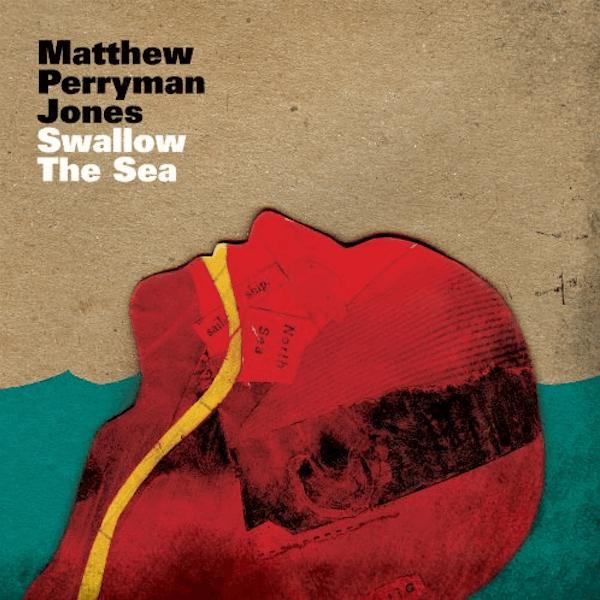
Released 17 years ago yesterday, this is the third album from this folk/rock singer-songwriter. Matthew Perryman Jones's songs are well-crafted and I love the rock vibe, but when I've seen him play live, it's with just an acoustic guitar and the songs sound just as good in that form too. Lyrically, his songs are about the trials and troubles of life, but some spiritual language occasionally points to hope, though in no way is this steeped in religious references. I don't listen to Matthew Perryman Jones too often, but every time I do listen, I always like it more than I remember and think I should listen to him more often. He's one of those indie singer-songwriters that is not well-known but should not be overlooked.
Release Year: 2008
Listen on Apple Music
Listen on Spotify